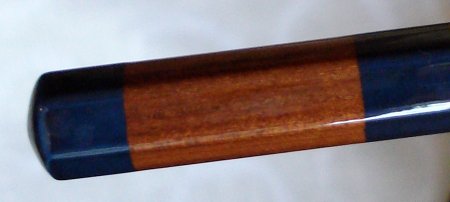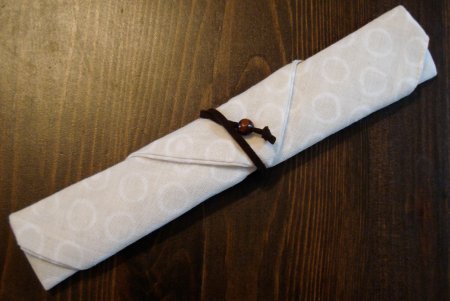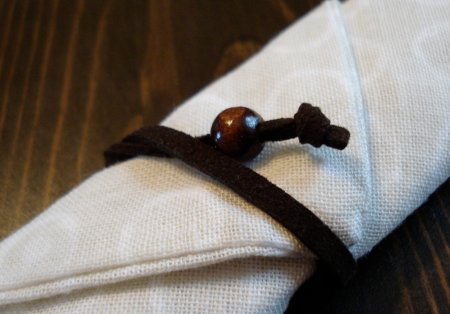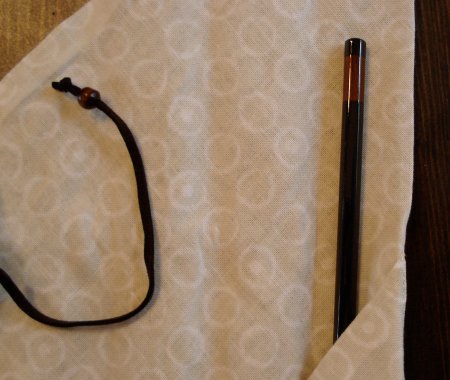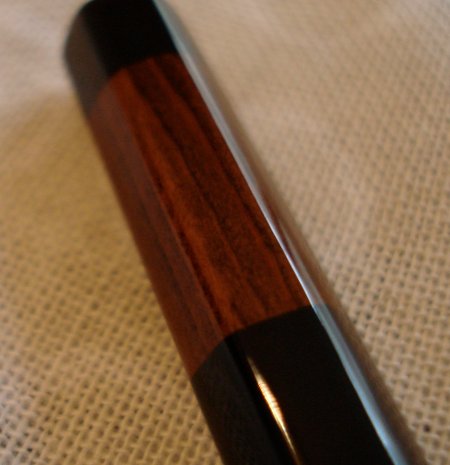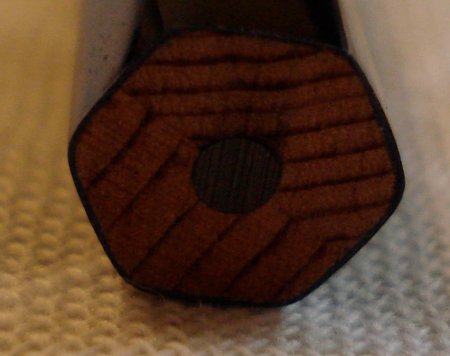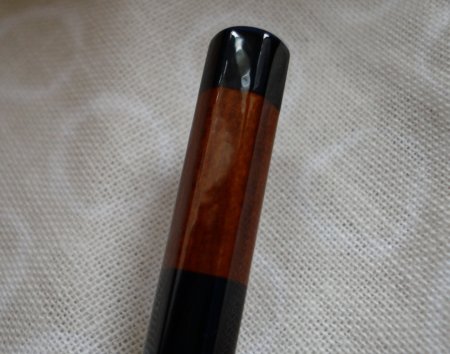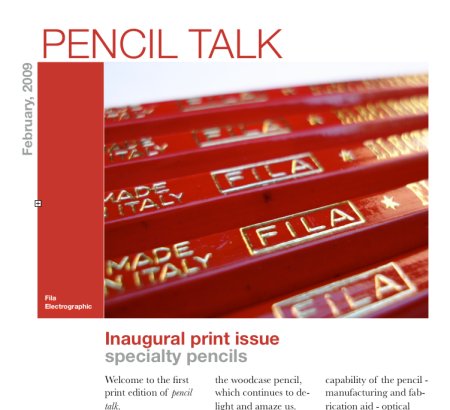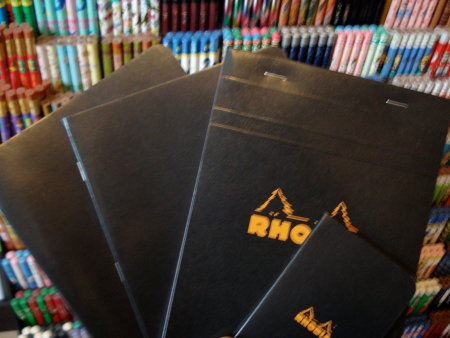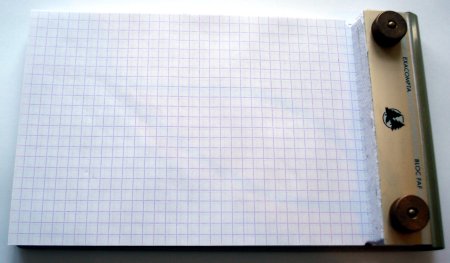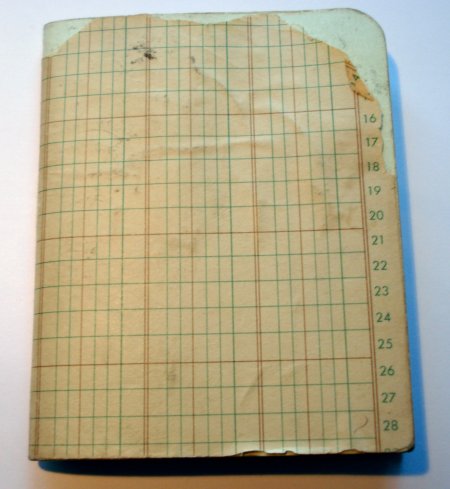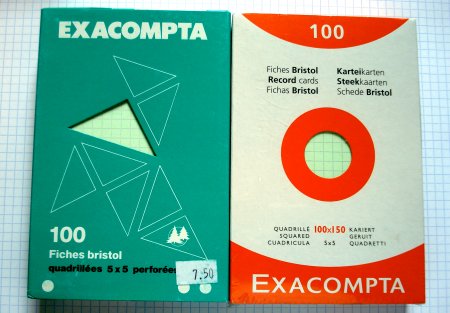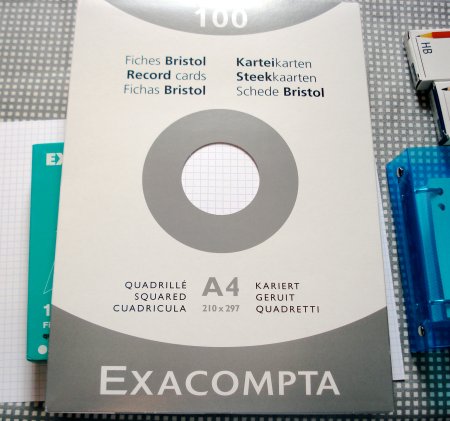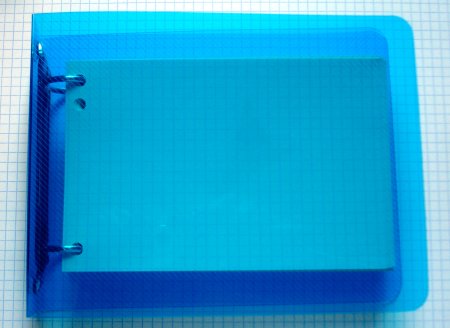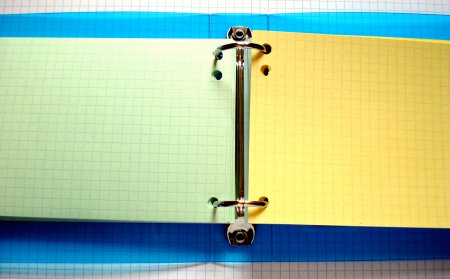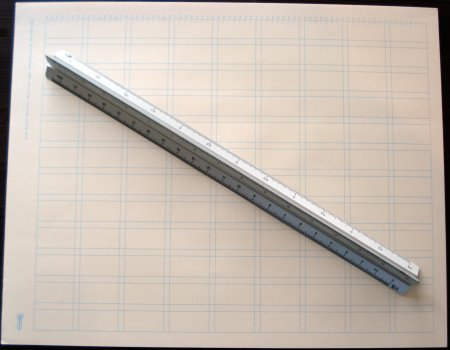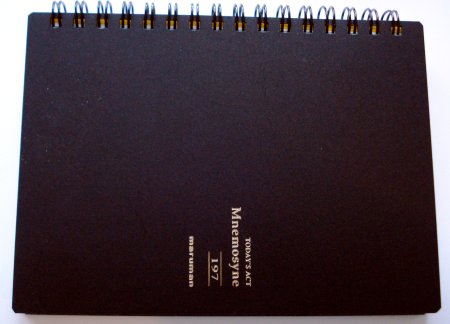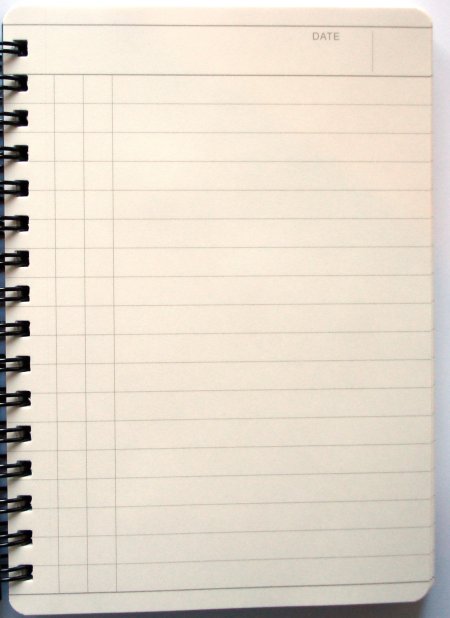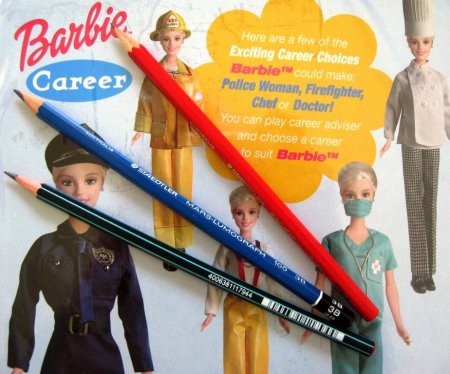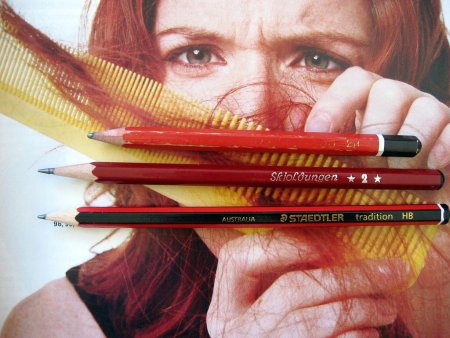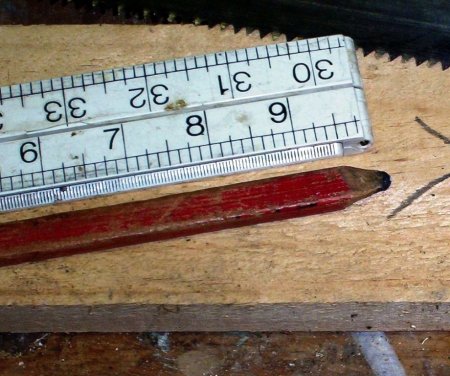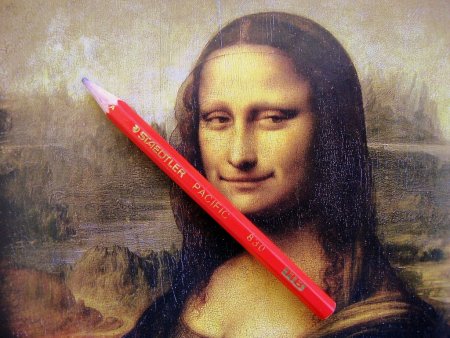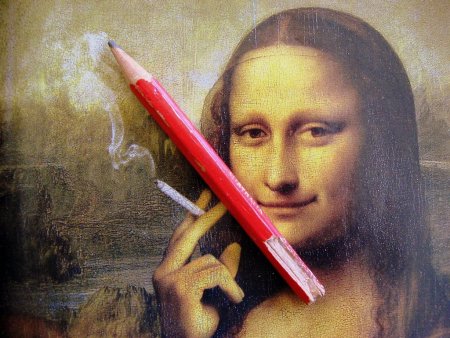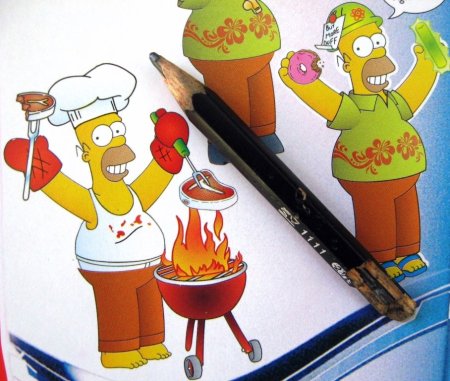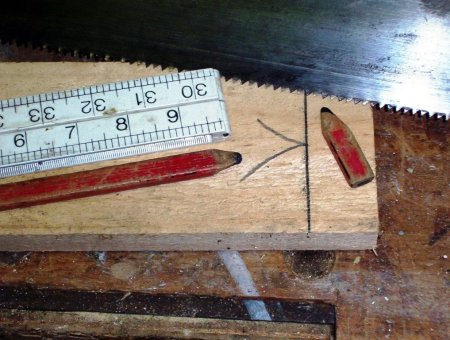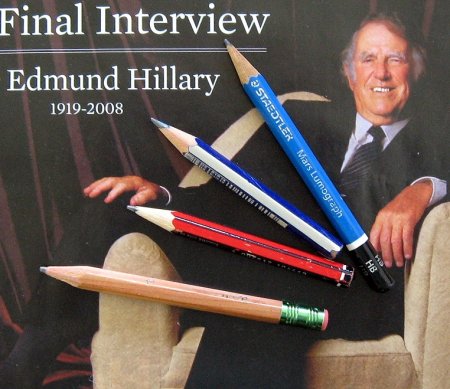2008 saw some major pencil industry developments.
Sanford, a division of Newell Rubbermaid, whose portfolio includes famous pencils such as the Mirado and Venus, announced the 2009 end of their U.S. pencil manufacturing operations. Whether a sign of the times, a reflection on the state of the pencil, or just one company’s fortune, it is definitely a pencil industry milestone.
Fila of Italy, who also own Dixon, added the 202 year old Lyra brand to their portfolio. The end of Lyra’s production in Germany, just as Dixon ended US production, suggests a global strategy of keeping established national brands, while moving production to China.
Colleen, one of Japan’s top manufacturers until about 1997, has had the brand revived in Thailand, and the line is slowly being re-introduced to Japan.
Closer to home, it was a good year for pencil talk. From 2005 through 2007, the few external links received were usually from a familiar handful of other pencil and stationery blogs. While those mentions were always appreciated, it has also felt good to get some wider recognition, especially recent attention from major artist sites such as Booooooom! and lines and colors. Thanks very much!
(lines and colors has some very erudite pencil and graphite discussion! Take a look at JG’s rebuttal of the Kuru Toga praise. (Comment #2.) I hope JG will some day contribute a bit of that knowledge here!)
The site is now visited by about 600 unique IP addresses each day, and hopefully not all of you are bots. We have almost 2000 comments, and over 300 posts. I’ll call that success, but like last year, I’m still frustrated that the blog can be so hard to find with a search engine.
The blog has become semi-moderated, meaning there are some rules to prevent spam which will trigger the moderation function, but many – and I hope most – comments should be automatically approved. I hope this increases the level of interaction.
Now as to the future of the blog – here I’m less certain, and any feedback is welcome!
Is anyone interested in seeing more of what’s behind the curtain of the pencil industry? What makes a lead good or bad? What’s in a lead? (Let’s not let the industry just cite the 200 year old graphite/clay/wax formula when modern patents are now online.) What wood species are used, and from what sources?
Are ‘pencils of the world’ of interest? They can be quite challenging to get, and with a couple of exceptions, rarely get comments when featured. (I’ll still finish showing some Hindustan Pencil Co. and China First pencils, kindly sent by blog readers.)
Would comparison articles be more useful than single item posts? They would of course be fewer in in number.
There have also been regular (and unsuccessful) invitations for guest articles. If I offered to mail the materials, such as a set of related pencils (theme, manufacturer, etc.), would that assist someone in deciding to write a brief review? Just wondering.
Finally, let me mention some great blogs out there.
I’ve neglected to previously mention Strike Thru, perhaps out of the guilt of having sent both a manual Underwood and an electric Smith-Corona to places of transcendence. (Will I be barred from commenting there?) The Underwood may have been highly desirable in some ways, but I hope I can be forgiven – at the time, in a walk up apartment with no spare space, with no car, it weighed a ridiculous amount, and there were no takers after three months of searching. It was used in the family for over 50 years, so it was hard to depart with.
The Smith Corona felt like moving from black and white to colour computer monitors – not necessarily any content improvement, but so “improved”. That “correction” part of the ribbon removed so much anxiety about making errors! No more figuring how to turn around a bad sentence, mid-sentence!
I’ve also been reading Iron Whim over the holidays. I’ll finish it before commenting.
So about Strike Thru – it is a great read, well written, and always interesting. Please take a look.
Spritual Evolution of the Bean is what critical users of paper and journals need. Not just “here’s a PR photo”, but real product photos, testing, use, and description of journals and paper. Absolutely the best information I’ve yet seen on the subject – often testing a journal in ten ways. I do note a corollary – the fountain pen/ink/paper association is a remarkably fragile one, and often doesn’t succeed.
I know that this research isn’t easy to do, and appreciate Bean’s work.
On the pencil front, Dave’s Mechanical Pencils remains the foremost place to read about mechanical pencils. I like those fancy Parker and Delta pencils that have been reviewed! I’ll also mention that I bought a mechanical pencil in 2008 (not yet reviewed at Dave’s) that I love, more than a Lamy 2000, Pentel Kerry, or Pilot VP, all of which I also bought in 2008.
Pencils 11 shows an amazing variety of collectible mechanical pencils, though “Germ” won’t answer my email.
In German (though the humour and excellent photography should be universal) is Lexikaliker. Regularly updated with interesting new pencils and stationery items from Germany, Japan, and elsewhere, it is a must read!
In Japanese – and these can be read through translators, or enjoyed for the photos –
By isu:
the uncomfortable chair This is the name of a novel, not an architect’s stool!
the uncomfortable chair 2
By Kero556:
Collections of Colleen Pencil products that have gone bankrupt , and miscellaneous notes about COLLEEN Pencil.
Kero 556 Annex
By Kossy:
kossy-RS4
By bundoki.com:
Stationery Not the store website – an amazing assortment of the latest pencils and stationery accessories.
(And if you explore the links from these sites, you will see quite a few more stationery related blogs.)
Did I say “finally”? Two more subjects:
1. People want quality pencils! This is the main subject of direct email here, and a good portion of comments. I’ll guess that those taking the initiative to write are the “tip of the iceberg”. There is a huge business opportunity out there to offer an international selection of quality pencils to consumers – if anyone is interested in doing so. I am almost tempted to try this myself.
2. Favourite pencils. A few design firms, artists, and architects have written or commented about their need for a pencil that may no longer be manufactured. Unfortunately, there is no easy answer to these questions. If you rely on a specific pencil for your living that you think can’t be replaced – buy the supply you need now! It supports the manufacturer, encourages future production, and provides insurance to yourself.
Happy new year to all!
